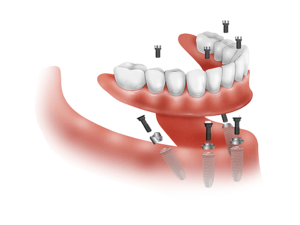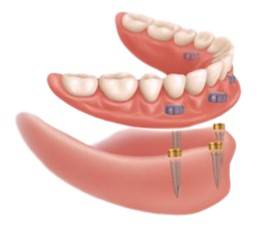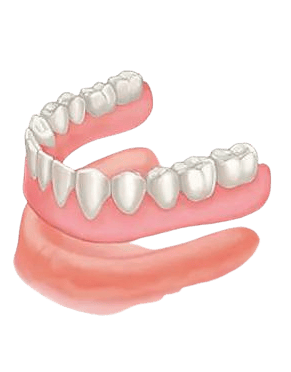Maintenance and Care for Full Mouth Implant Bridges
To keep your full mouth implant bridge in excellent condition, follow these simple steps:
- Daily Cleaning: Brush twice a day using a soft-bristle toothbrush and non-abrasive toothpaste. Use floss or a water flosser to clean around the implants.
- Routine Dental Visits: Schedule professional cleanings and check-ups every 3 to 6 months to ensure your implants stay in top shape.
- Healthy Lifestyle: Avoid smoking and excessive alcohol consumption, as these can impact implant health.
- Avoid Hard Foods: While implant bridges are strong, chewing on extremely hard items like ice or hard candies can cause damage over time.



